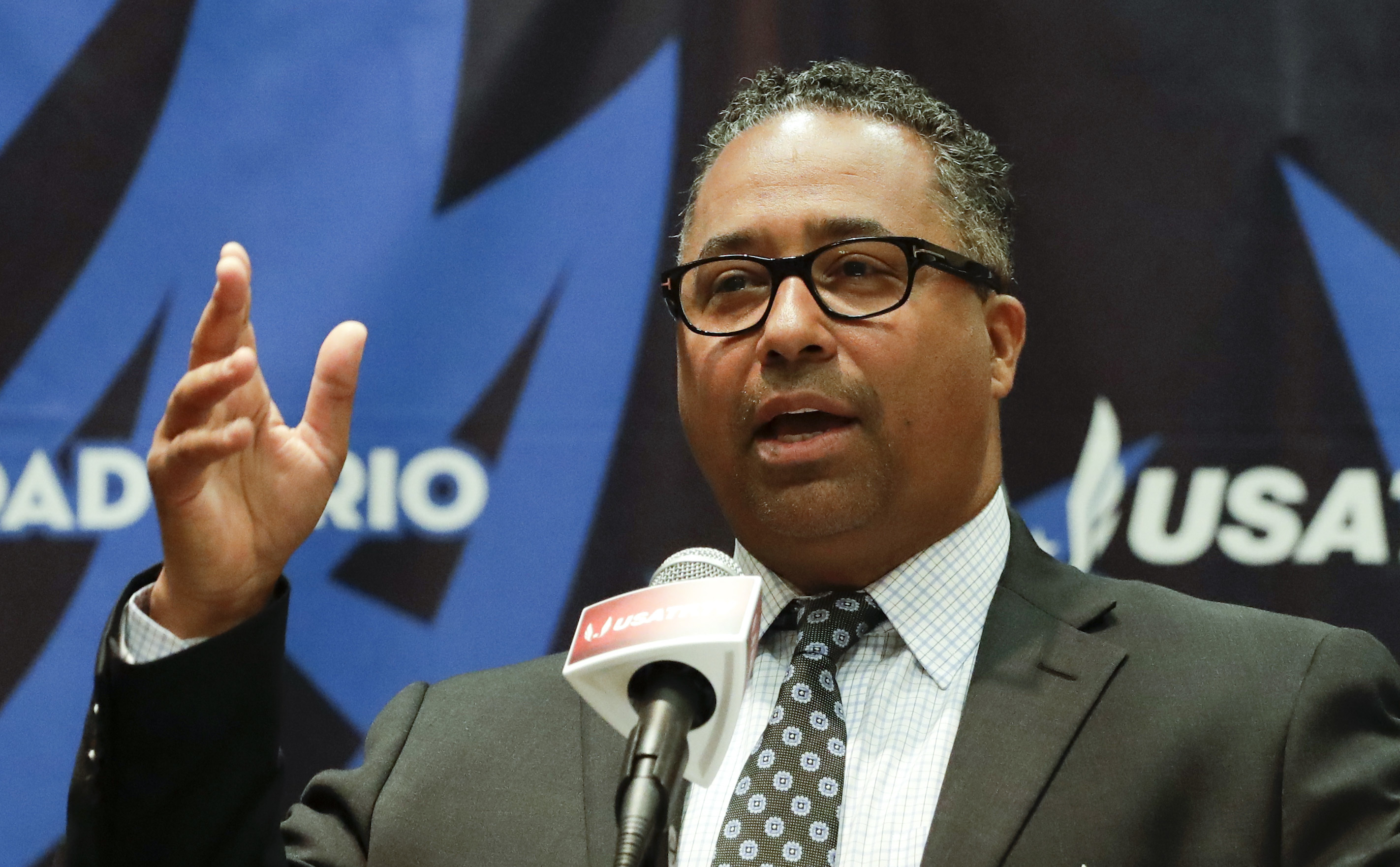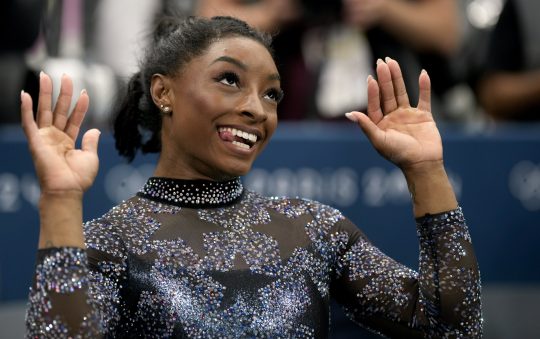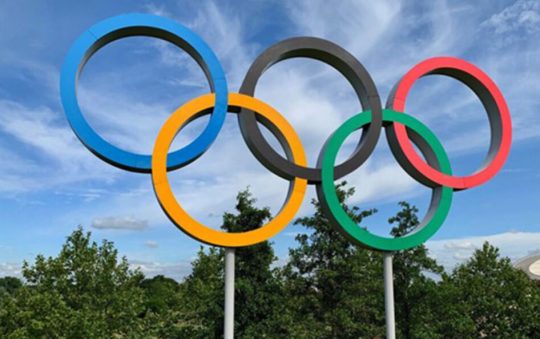
COLORADO SPRINGS, Colo. (AP) The U.S. Olympic Committee and the sports it oversees are behind the curve when it comes to placing women and minorities in key coaching and leadership positions, according to a set of “scorecards” the federation has released that chart progress over the past three years.
The USOC itself is 24 percent or more behind benchmarks it set for hiring “people of color” on its roster of professional staff, administrative support and executive and senior-level management positions.
The federations for swimming and gymnastics, two sports that brought home 45 of the country’s 121 medals from the Rio de Janeiro Games, have similar shortfalls.
USA Swimming has no people of color on its board of directors and falls nearly 78 percent short of the USOC-established benchmark for hiring minorities on its professional staff. USA Gymnastics has a similar shortfall on its staff for minorities but far exceeds the benchmark goals in the number of women at key positions in the organization.
USA Swimming executive director Chuck Wielgus said the organization prides itself on being “welcoming and inclusive.”
“We’ve come a long way,” Wielgus said, “and we’re our own harshest critics when we recognize there is still more we can achieve to make the experience even better for our current members and those who are looking to join team swimming.”
By law , the USOC collects diversity data every year. The numbers from 2013-15 have been published on the USOC website due to a push by the federation’s CEO, Scott Blackmun, to confront the issue.
“If we measure it, and shine a light on it, we will get better,” Blackmun said in his address to the U.S. Olympic Assembly.
He said improving the numbers is a mission to undertake “because it’s effective, not just fair.”
He pointed out the success Title IX has had in bringing women to the fore of American sports, especially at the Olympic level. Women accounted for 61 of America’s medals in Rio, which would have placed them fourth on the overall medals table.

But the fixes Blackmun is calling for aren’t all easy, nor are the standards the USOC has set considered a consensus.
The benchmark numbers the USOC set were based on its own math _ a combination of census figures, NCAA data and the particulars of each sport. For instance, while USA Gymnastics’ numbers lag in administrative positions, the sport’s audience and participation has likely been broadened because the past two Olympic all-around women’s champions, Simone Biles and Gabby Douglas, are African-Americans.
“There are areas where we can see USA Gymnastics as having a high level of inclusiveness and diversity,” said the federation’s president, Steve Penny. “And there are areas we can focus on, such as the areas the USOC is measuring, where we need to determine what steps we can take to encourage more participation.”
USA Track and Field is among the organizations with a makeup of leaders that looks very much like its makeup of athletes. USATF’s CEO (Max Siegel) and president (Stephanie Hightower) are African-American. Ten of its 15 board members are “people of color” and it has exceeded the USOC benchmarks in professional staff and coaches.
“We take pride in our diversity but do not take it for granted,” Siegel said. “We make it a priority.”







